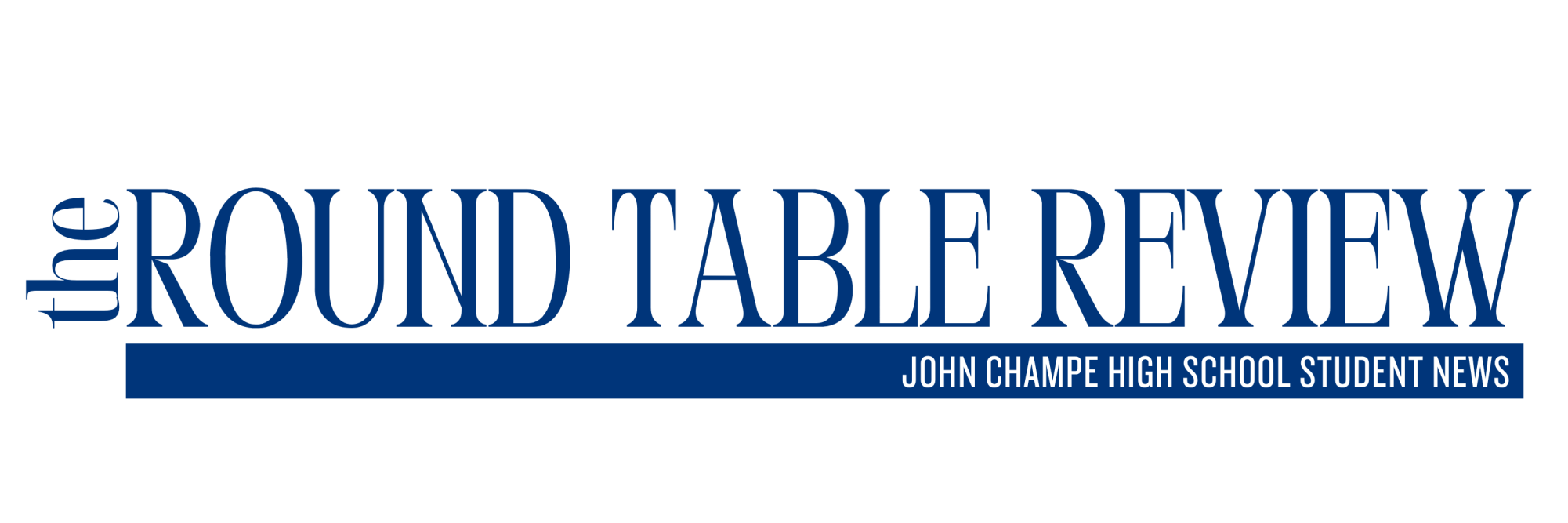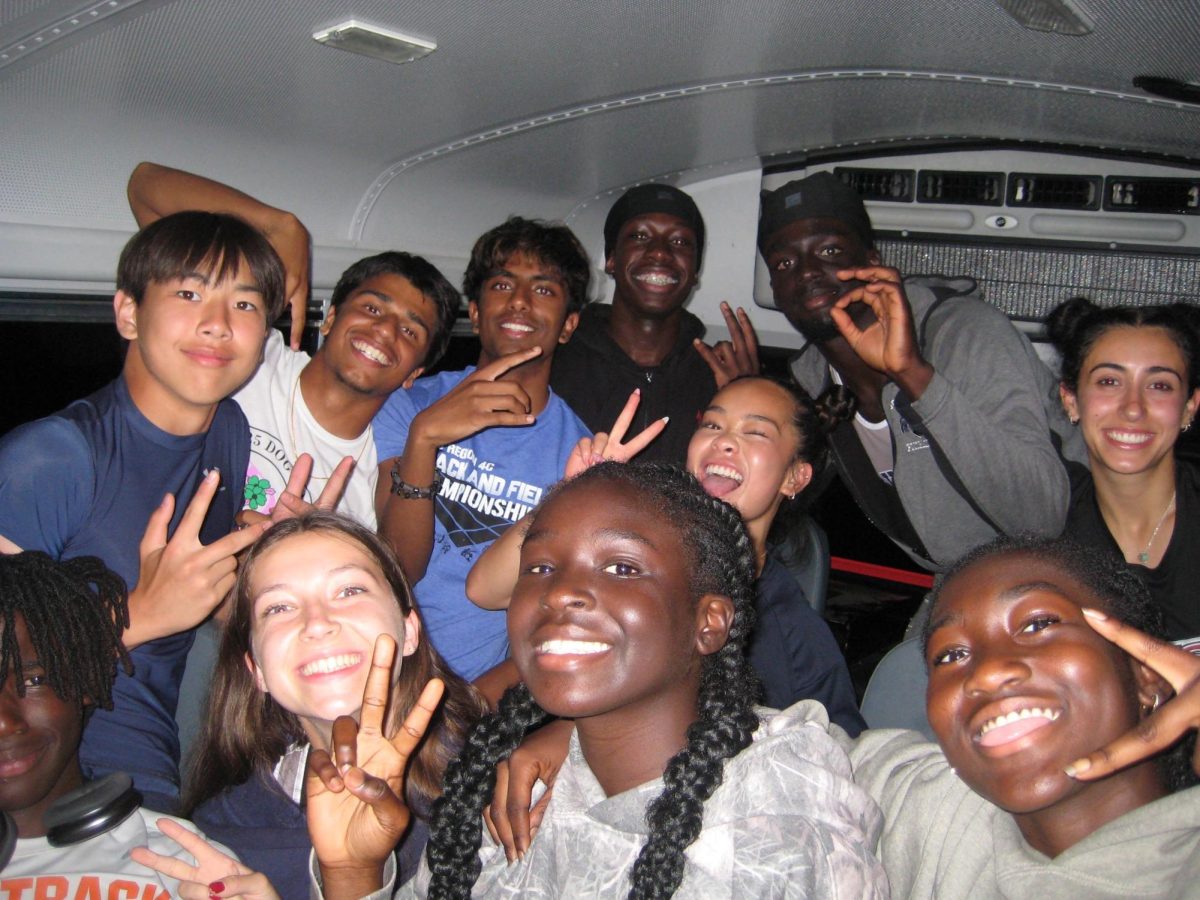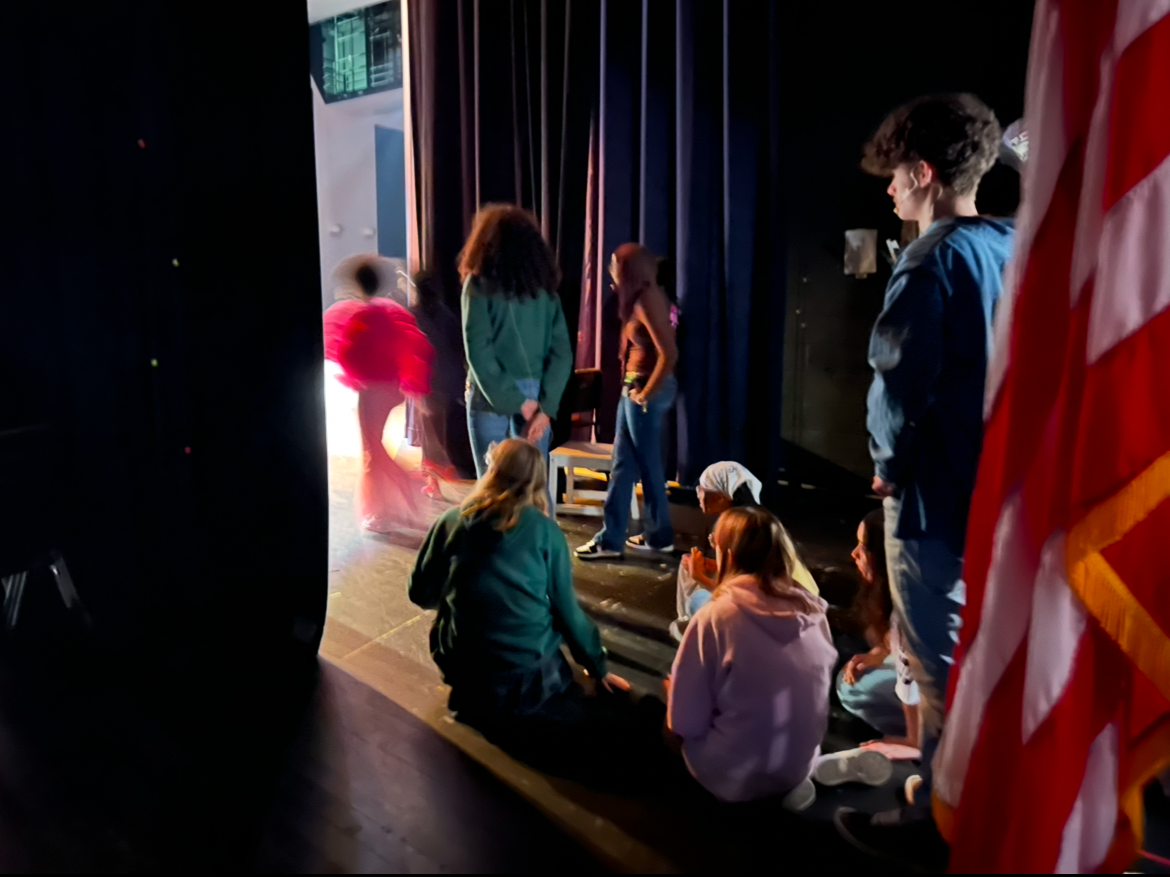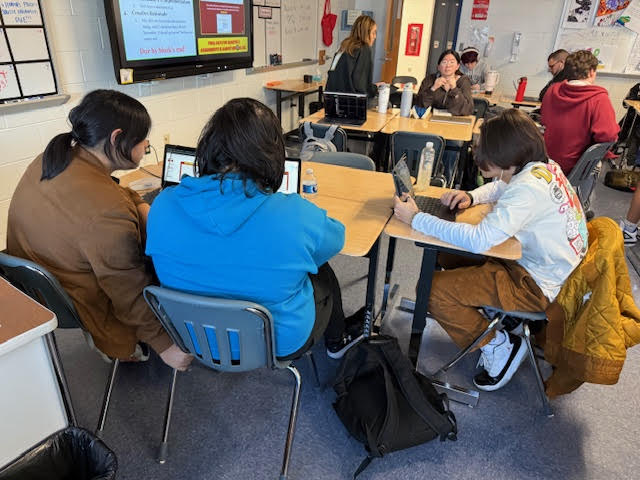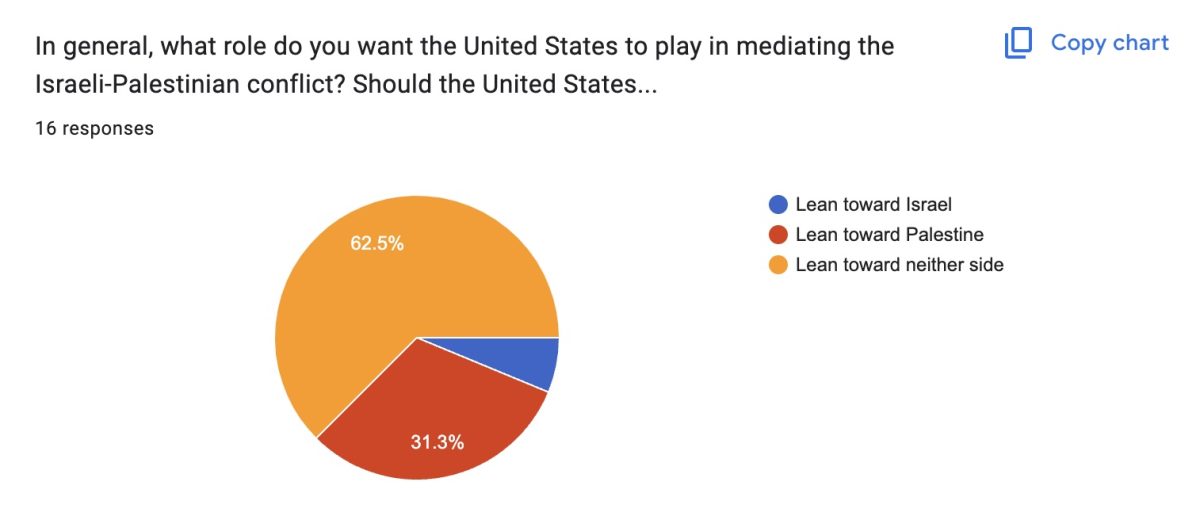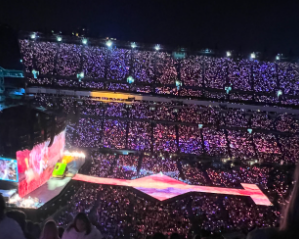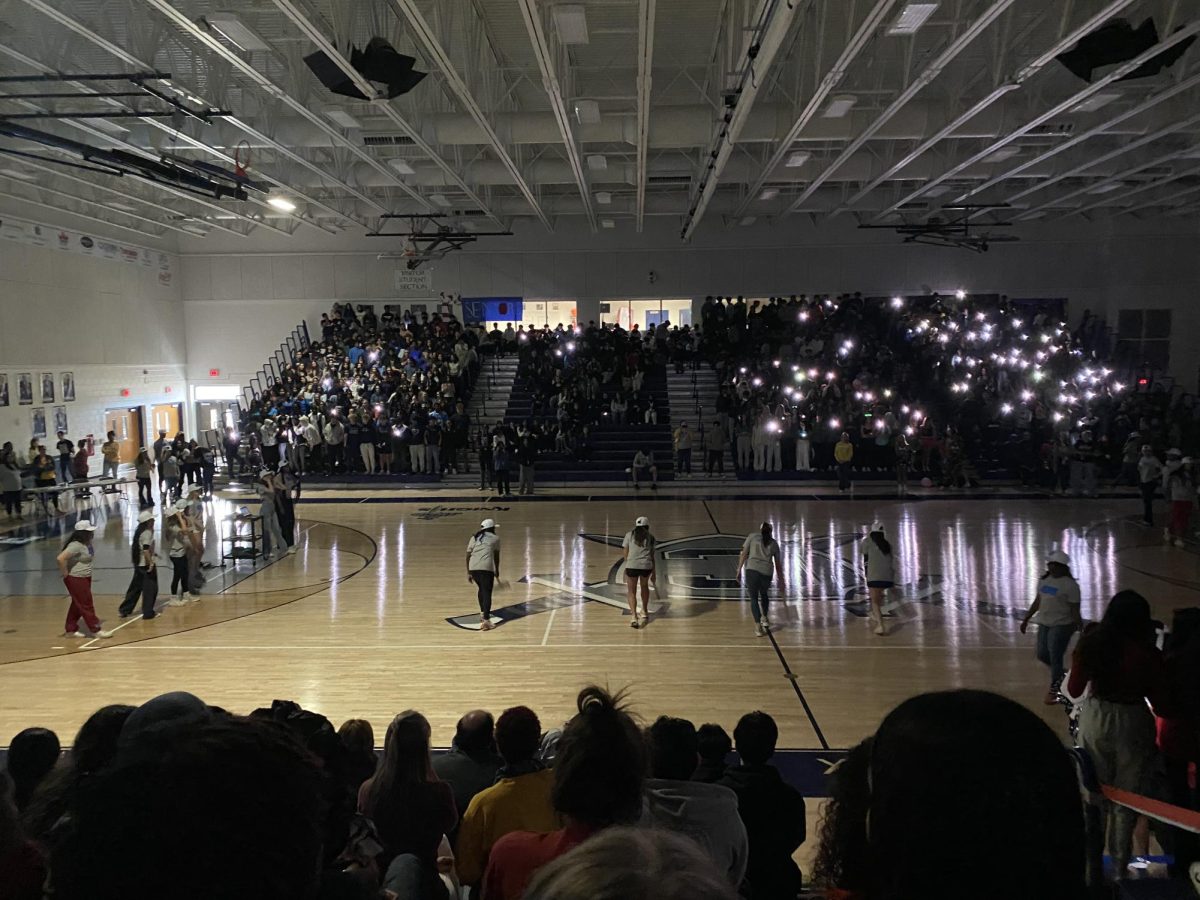As the rapid increase in new technology discoveries emerge, industries are eager to release new prototypes and designs for consumers to utilize. Going into 2025, there are over twenty five different technology prototypes predicted to be released used for a variety of different things designed to make our everyday lives easier.
According to SimpliLearn, the top 25 new emerging technology trends are as follows:
- Generative AI
- Quantum Computing
- 5G Expansion
- Virtual Reality (VR) 2.0
- Augmented Reality (AR)
- Internet of Things
- Biotechnology in Agriculture
- Autonomous Vehicles
- Blockchain
- Edge Computing
- Personalized Medicine
- Neuromorphic Computing
- Green Energy Technologies
- Wearable Health Monitors
- Extended Reality (XR) for Training
- Voice-Activated Technology
- Space Tourism
- Synthetic Media
- Advanced Robotics
- AI in Cybersecurity
- Digital Twins
- Sustainable Technology
- Telemedicine
- Nano-Technology
- AI TRiSM
Within these top 25 new technology trends, Champe student’s have anonymously voted for which trend they found most interesting: Personalized Medicine, Generative AI, Space Tourism, and Internet of Things. In addition, students voted for self driving cars in technology developments most frequently
Personalized Medicine: Stated by SimpliLearn, the personalized medicine and treatment approach uses genetic, environmental, and lifestyle factors to diagnose and treat diseases precisely. Advances in genomics and biotechnology have enabled doctors to select treatments that maximize effectiveness and minimize side effects. Personalized medicine is particularly transformative in oncology, where specific therapies can target genetic mutations in cancer cells, leading to better patient outcomes.
As many students may have family members or know individuals who are affected by a variety of diseases, personalized medicine can help aid and tend to these diseases. This ultimately can help them live an easier and healthier day to day lives.
“I find it very interesting and exciting that these technologies will one day be able to help minimize side effects of treatments,” junior Natalie Alcanica said. “I have family members that have had cancer and other types of diseases and the thought of them having less intense pains due to diseases makes me really happy.”
As artificial intelligence (AI) rapidly grows and improves, different types of intelligence are being created to assist the public with tasks. In particular, a subset of AI, generative artificial intelligence is making an appearance as it uses generative models to produce text, images, videos and other forms of data.
Generative AI: As reported by SimpliLearn, this feature is set to dominate as a key technology trend in 2025, reshaping industries through its ability to create highly sophisticated and human-like content, from text and images to audio and complex simulations. Advancements in generative models, like GPTs and multimodal systems, are driving new applications in content creation, design automation, and interactive experiences. This technology is not only enhancing productivity but also revolutionizing how businesses approach problem-solving, customer engagement, and creative processes, making tools more accessible and versatile across various sectors. In 2025, organizations will continue integrating generative AI into workflows to innovate faster and provide personalized services at scale.

There are many benefits and downsides to artificial intelligence. In many ways this piece of technology can help us complete tasks and answer questions in a timely manner. On the other hand, it can be dangerous if utilized in the wrong way, faking identities, hacking personal information, and encouraging bad habits such as laziness.
“Overall, I would say it is impossible to fight the advancement of AI. It is an incredible resource when used appropriately (ex. Outlines for papers, building study guides for testing, etc.) but when used as a means to an end it is destructive to the learning process” teacher Patrick Lucas said. “AI is being pushed heavily in the corporate world as it is an insanely useful tool, but as students are using it to complete assignments and not stimulate their educational process it is to their loss.
Commercial space travel is making notable pace with companies like SpaceX and Blue Origin. These developments aim to make space travel accessible for more than just astronauts. Current contributions range from short suborbital flights providing a few minutes of weightlessness to plans for orbital flights. Space tourism opens new pathways for adventure and opens the way in aerospace technology and research.
Space Tourism: According to ScienceDirect, Since space tourism is extremely expensive, it is a case of a very small segment of consumers that are able and willing to purchase a space experience. There are several options for space tourists. For example, there have been investigations in the choice behaviour between four types of space tourism: high altitude jet fighter flights, atmospheric zero-gravity flights, short-duration suborbital flights, and longer duration orbital trips into space. The following motivational factors behind space tourism have been established (in order of importance): vision of earth from space, weightlessness, high speed experience, unusual experience, and scientific contribution.
In recent news, there have been many airline fatalities, making the public question the reliability of these crafts. With new technological advancements like these, it can open up more methods of travel for individuals.
“My grandpa was a pilot, and I’ve always loved aviation since I was four,” junior Cole Wergley said. “Having improvements in aviation technology can help provide more job opportunities, especially because the pay is very good.”
Wrapping up the top voted technological advancements, the internet of things has sparked a large interest within the students at John Champe. The Internet of Things (IoT) describes the network of physical objects—“things”—that are embedded with sensors, software, and other technologies for the purpose of connecting and exchanging data with other devices and systems over the internet.
Internet of Things: As mentioned by SimpliLearn, IoT technology in smart cities involves the integration of various sensors and devices that collect data to manage assets, resources, and services efficiently. This includes monitoring traffic and public transport to reduce congestion, using smart grids to optimize energy use, and implementing connected systems for public safety and emergency services. As cities continue to grow, IoT helps manage complexities and improve the living conditions of residents.
Lastly, in addition to these technologies, self-driving cars are an exciting endeavor for 2025. The continuing evolution of automotive technology aims to deliver even greater safety benefits than earlier technologies. One day, automated driving systems, which some refer to as automated vehicles, may be able to handle the whole task of driving when we don’t want to or can’t do it ourselves.

U.S. News and World Report lists these cars as those that are predicted to be self driving this year:
- 2024 Cadillac Escalade
- 2025 Genesis G90
- 2025 Tesla Model S
- 2025 BMW X5
- 2025 Chevrolet Tahoe
- 2024 Mercedes-Benz E-Class
- 2025 Volvo V90 Cross Country
- 2025 Lincoln Corsair
- 2025 Ford F-150
- 2024 Kia EV6
- 2025 Tesla Model 3
- 2024 Nissan Ariya
- 2025 Volkswagen ID.4
- 2025 Hyundai Palisade
- 2025 Subaru Impreza
“There are both positives and negatives to having an electric car, bads can be that you need to be cautious at all times still because the autopilot isn’t 100% accurate at all times,” junior Lithik Koluguri said. “Some positives are that because you have something that can drive itself, so it can assist you when you are tired or drowsy.”
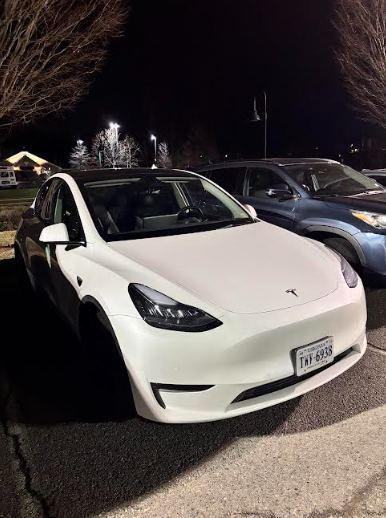
Overall, these technology developments can aid us our everyday lives, from robots that can bring us food to newly discovered cures for viruses. Technology is rapidly growing and changing, becoming a large part of society and the way it operates. Not only are these new technology advancements aiming to create a better way of life, they are evolving to solve potential global problems.
“I think that there are always downsides to utilizing technology for our everyday but we wouldn’t be as evolved without it,” junior Jacob Dawson said. “I couldn’t imagine living my life everyday without using technology like having my phone or completing assignments on my Chromebook.”
The technology of 2025 is pushing boundaries, reshaping industries, and redefining how we interact with the world. AI driven automation, quantum computing advancements, and the expansion of augmented reality are revolutionizing everything from healthcare to communication. With the rise of smart cities, sustainable energy solutions, and hyper-connected devices, the digital and physical world are blending like never before.
“The best technology doesn’t just change how we live-it changes what we believe is possible,” Lucas said. “The future ist solely powered by technology, it is defined by how we choose to use it.”
